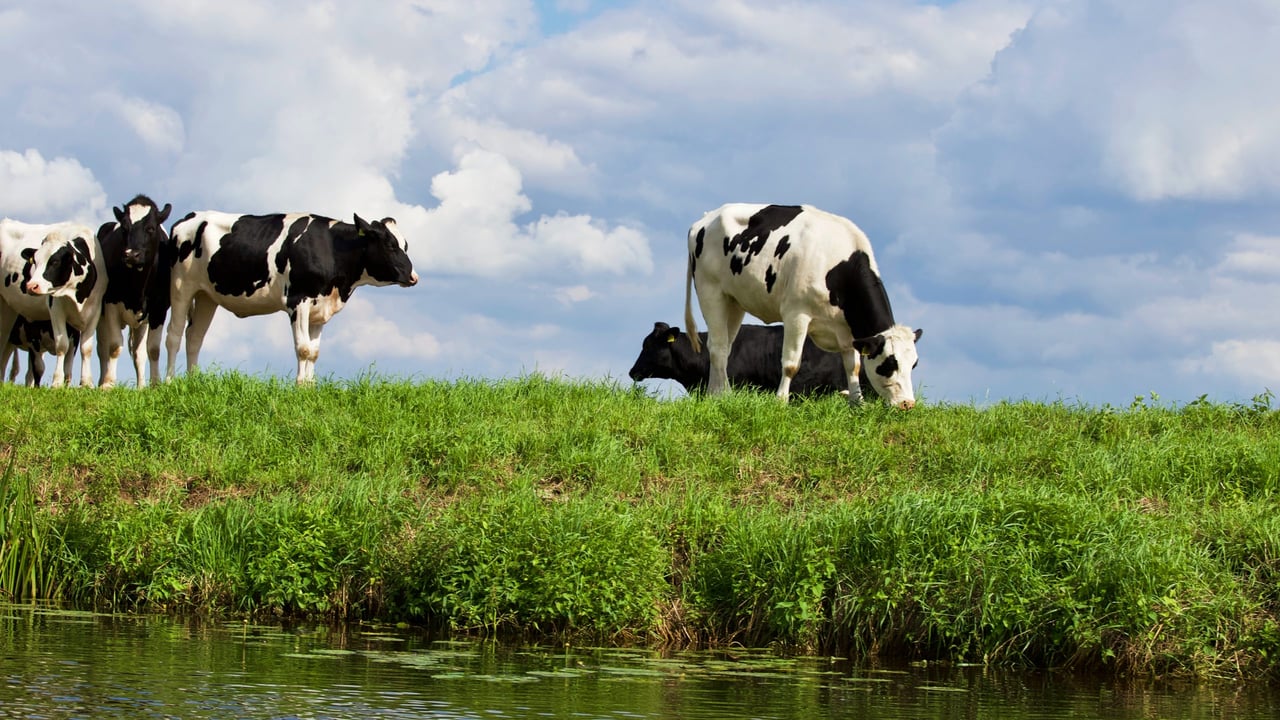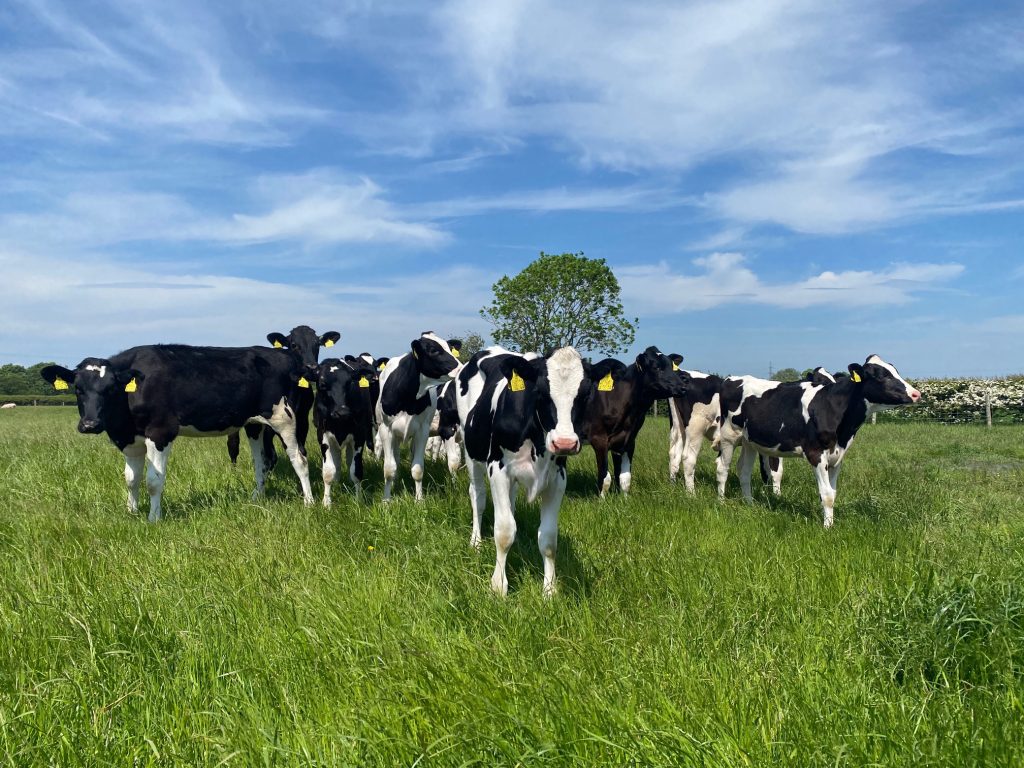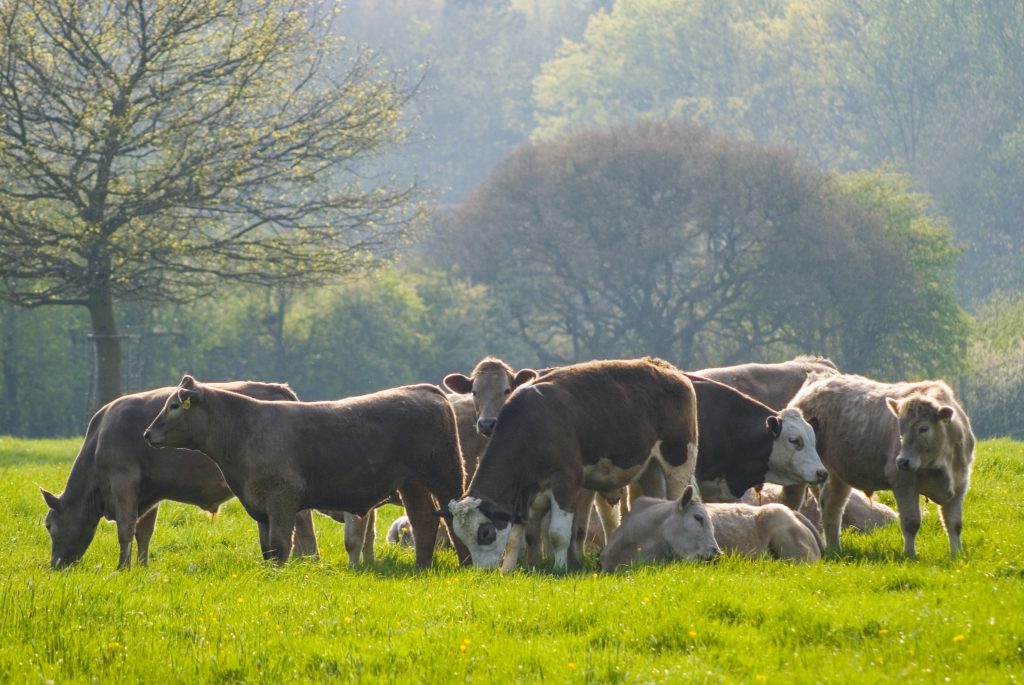Beat The Parasites

In this first instalment of the series, we look at liver fluke in cattle, and how to break the cycle.
Liver fluke continues to be one of the most costly and persistent parasites affecting Irish cattle.
As farming systems evolve and the climate becomes warmer and wetter, controlling this parasite is becoming increasingly challenging, and vitally important.
Dr. Philip Skuce, principal scientist at the Moredun Research Institute, said: “Liver fluke is a complex and adaptable parasite.
“We’re seeing big changes in how and when it spreads, and that means farmers need to adapt how they manage it.”
What's changing?
The liver fluke (Fasciola hepatica) thrives in wet ground where the mud snail (Galba truncatula) lives, forming an essential part of the fluke’s life cycle.
Traditionally, fluke infections would peak in late summer and autumn, with disease showing up over winter and spring.
But as Dr. Skuce notes: “Warmer, wetter winters and cooler, drier springs have made the pattern far less predictable.
"We’re now seeing infection risks throughout the year, not just in autumn.”
Recent modelling suggests liver fluke could reach “unprecedented levels” in parts of western Ireland and the UK by 2050 if current climate trends continue.1,2
The hidden cost of infection
While acute fluke disease is rare in cattle, the chronic form is common and damaging.
Adult fluke in the liver’s bile ducts impair liver function, slowing growth and reducing production efficiency.
Many infections are subclinical, meaning cattle may not look sick, but their performance still suffers.
A large study found that, on average, fluke-infected cattle gained 9% less weight per day, and had 6% lower live weight,3 while in another recent study, infected cattle were 14-18 days older at slaughter.4
“Even if you can’t see the damage, liver fluke is still quietly eroding productivity and increasing costs.
“That’s why testing and targeted control are essential," Dr Skuce said.
Know what you’re dealing with
Effective control starts with an accurate diagnosis. Several tools are available through your farm vet, each with pros and cons depending on the time of year and cost.
Fluke tests at a glance
- Antibody ELISA - Detects infection within two-four weeks; suitable for young cattle.
- Lateral Flow Test (LFT) - A new pen-side blood test developed at the University of Liverpool.
- Coproantigen ELISA (cELISA) - Detects fluke from six weeks post-infection using a faecal sample; good for checking treatment success.
- Faecal Egg Count (FEC) - Low-cost option for monitoring herds, but only detects mature fluke (10+ weeks).
- Post-mortem checks – Still the gold standard; abattoir data can be very useful.
“There’s no single perfect test,” says Dr Skuce. “Farmers should talk to their vet about which combination makes sense for their herd.”
Treating liver fluke: Strategy matters
There are seven active ingredients licensed for use against liver fluke in cattle. Each works against different life stages of the parasite.
Treatment options
- Triclabendazole - Works from two weeks post-infection.
- Closantel / Nitroxynil / Rafoxanide - Effective from seven to eight weeks.
- Albendazole, Clorsulon, Oxyclozanide - Target adult fluke (10+ weeks).
Overuse of any one product speeds up selection for resistance, particularly with triclabendazole, which already shows reduced effectiveness in Irish sheep.5
“We can’t dose our way out of this problem,” Dr. Skuce warned.
“Strategic, evidence-based treatments are the only way to protect these medicines for the future.”
Treating cattle at housing can be effective, removing fluke before winter and reducing contamination of pastures in spring.
But correct dosing, calibration of equipment, and adherence to withdrawal periods are vital to avoid residues in meat and milk.
It is also important to remember that flukicides can impact soil and aquatic life, so only use as much as necessary and dispose of unused product responsibly.
“Our mantra should always be: treat as little as possible, but as much as necessary,” Dr. Skuce said.
What about rumen fluke?
Rumen fluke (Calicophoron daubneyi) has become more common in Ireland in recent years, sometimes even more so than liver fluke.6
However, Dr Skuce advises caution: “Despite the headlines, liver fluke remains the main concern.
"Rumen fluke eggs in faeces don’t always mean disease, so don’t treat unless cattle are actually showing clinical signs.”
Breaking the cycle: Practical steps
Sustainable fluke control relies on more than dosing. Dr. Skuce outlines an integrated approach.
Farm-level actions
- Risk mapping - Avoid grazing wet, snail-friendly areas in late summer and autumn;
- Quarantine new stock - Test and, if needed, treat before mixing with the herd;
- Targeted treatments - Base dosing on test results, not the calendar;
- Pasture management - Improve drainage and rotate grazing where possible;
- Monitoring - Regularly check fluke infection status and efficacy of any treatments using appropriate diagnostic tests.
Animal Health Ireland offers clear, up-to-date and practical advice on liver fluke control for Irish farmers.
Liver fluke is not going away; in fact, it’s becoming more unpredictable.
But by combining diagnostics, risk assessment, strategic treatment, and good grazing management, Irish cattle farmers can protect herd health and productivity.
Dr. Skuce said: “Breaking the fluke cycle takes a bit of planning, but the pay-off is worth it - healthier animals, better performance, and a more sustainable farming system.”
An educational service from Boehringer Ingelheim Animal Health UK Ltd. Further information available from Boehringer Ingelheim Animal Health UK Ltd, RG12 8YS, UK. ©2025. All rights reserved. Date of preparation: Oct 2025. UI-RUM-0069-2025. Use Medicines Responsibly.
- Fox NJ, White PCL, McClean CJ, Marion G, Evans A, Hutchings MR. Predicting impacts of climate change on Fasciola hepatica risk. PLoS One. 2011 Jan 10;6(1):e16126 doi: 10.1371/journal.pone.0016126. ↩︎
- Howell A, Caminade C, Brülisauer F, Mitchell S, Williams D. Is the Ollerenshaw fasciolosis forecasting model fit for the 21st century? Vet Rec. 2023 Jul 8;193(1):e2781. doi: 10.1002/vetr.2781. Epub 2023 Mar 5. ↩︎
- Hayward AD, Skuce PJ, McNeilly TN. The influence of liver fluke infection on production in sheep and cattle: a meta-analysis. Int J Parasitol. 2021 Oct;51(11):913-924. doi: 10.1016/j.ijpara.2021.02.006. Epub 2021 Apr 24. ↩︎
- Jonsson NN, MacLeod M, Hayward AD, McNeilly TN, Ferguson KD, Skuce PJ. Liver fluke in beef cattle - Impact on production efficiency and associated greenhouse gas emissions estimated using causal inference methods. Prev Vet Med. 2022 Mar:200:105579. doi: 10.1016/j.prevetmed.2022.105579. Epub 2022 Jan 7. ↩︎
- Mooney L, Good B, Hanrahan JP, Mulcahy G, de Waal T. The comparative efficacy of four anthelmintics against a natural acquired Fasciola hepatica infection in hill sheep flock in the west of Ireland. Vet Parasitol. 2009 Oct 14;164(2-4):201-5.doi: 10.1016/j.vetpar.2009.05.017. Epub 2009 May 23. ↩︎
- Toolan DP, Mitchell G, Searle K, Sheehan M, Skuce PJ, Zadoks RN. Bovine and ovine rumen fluke in Ireland-Prevalence, risk factors and species identity based on passive veterinary surveillance and abattoir findings. Vet Parasitol. 2015 Sep 15;212(3-4):168-74. doi: 10.1016/j.vetpar.2015.07.040. Epub 2015 Aug 5. ↩︎



